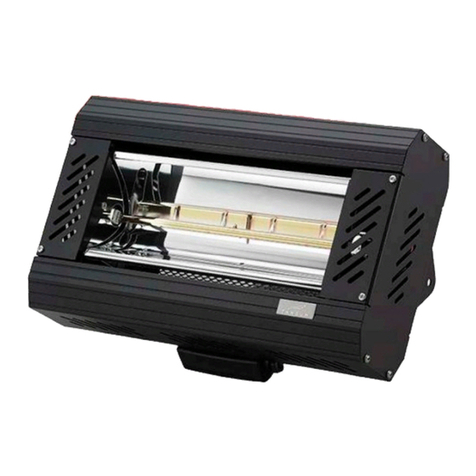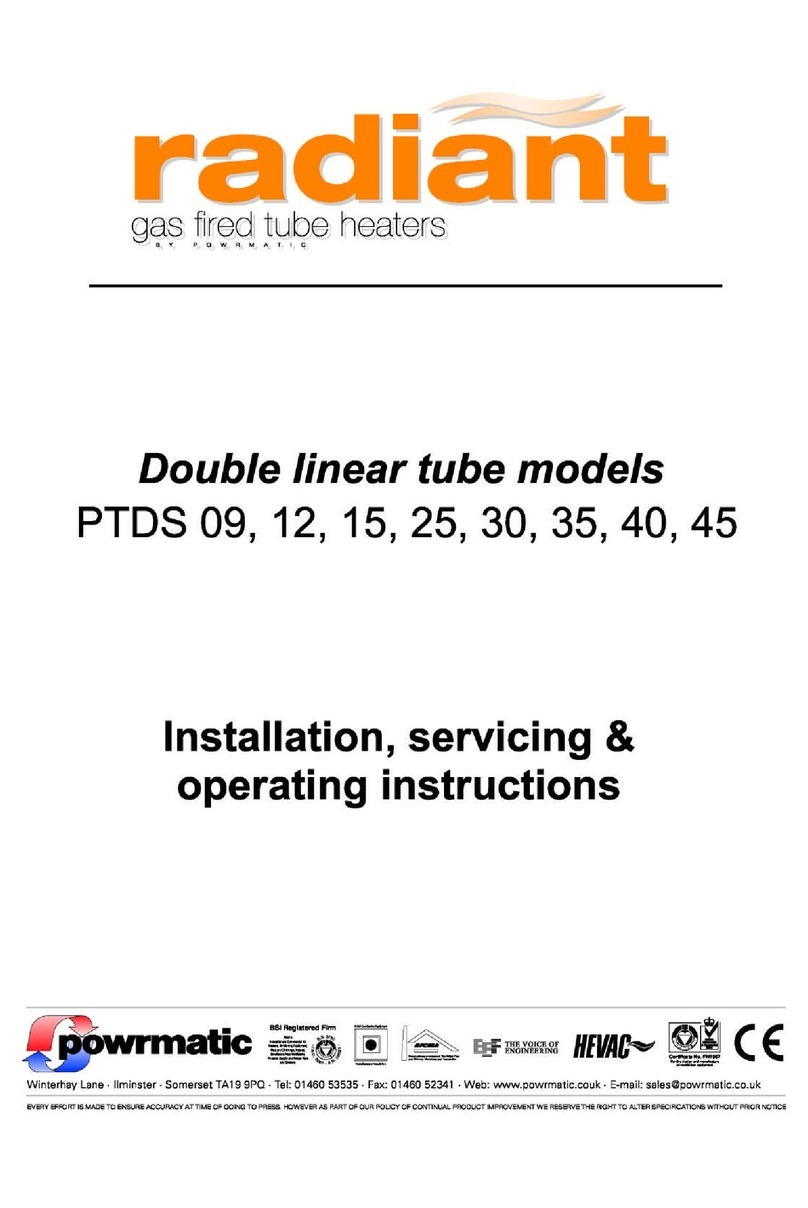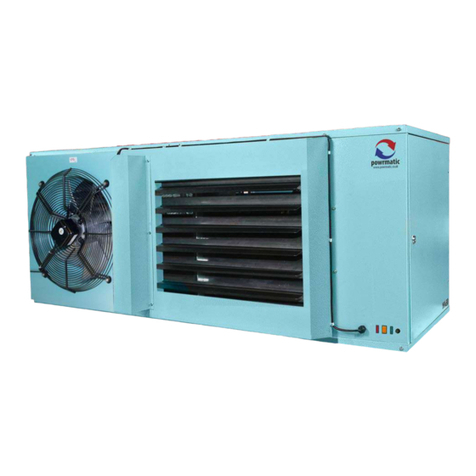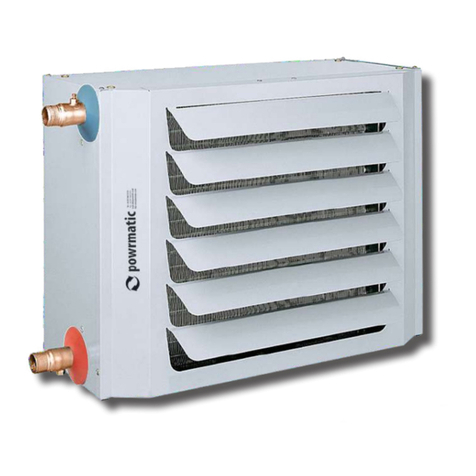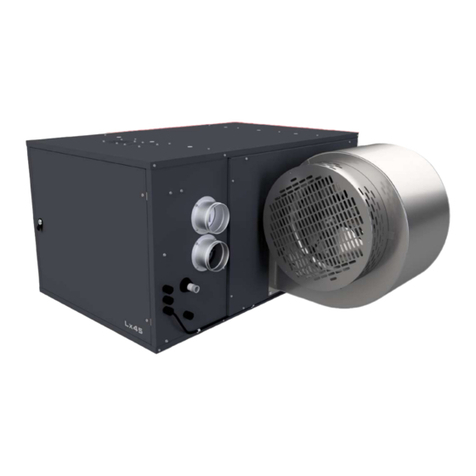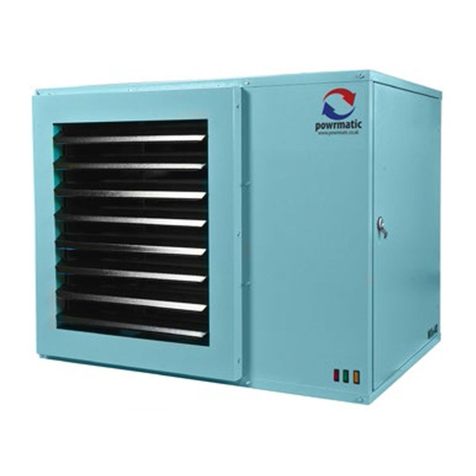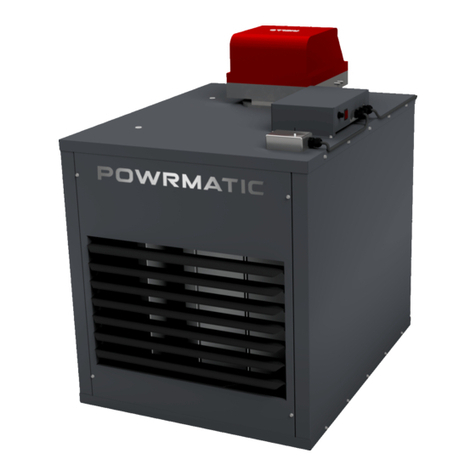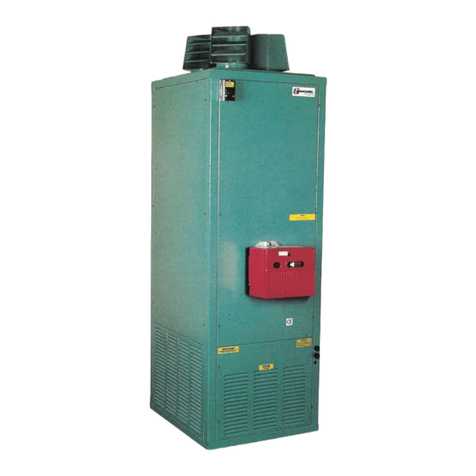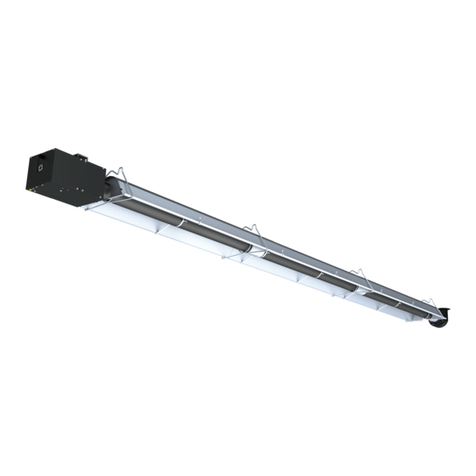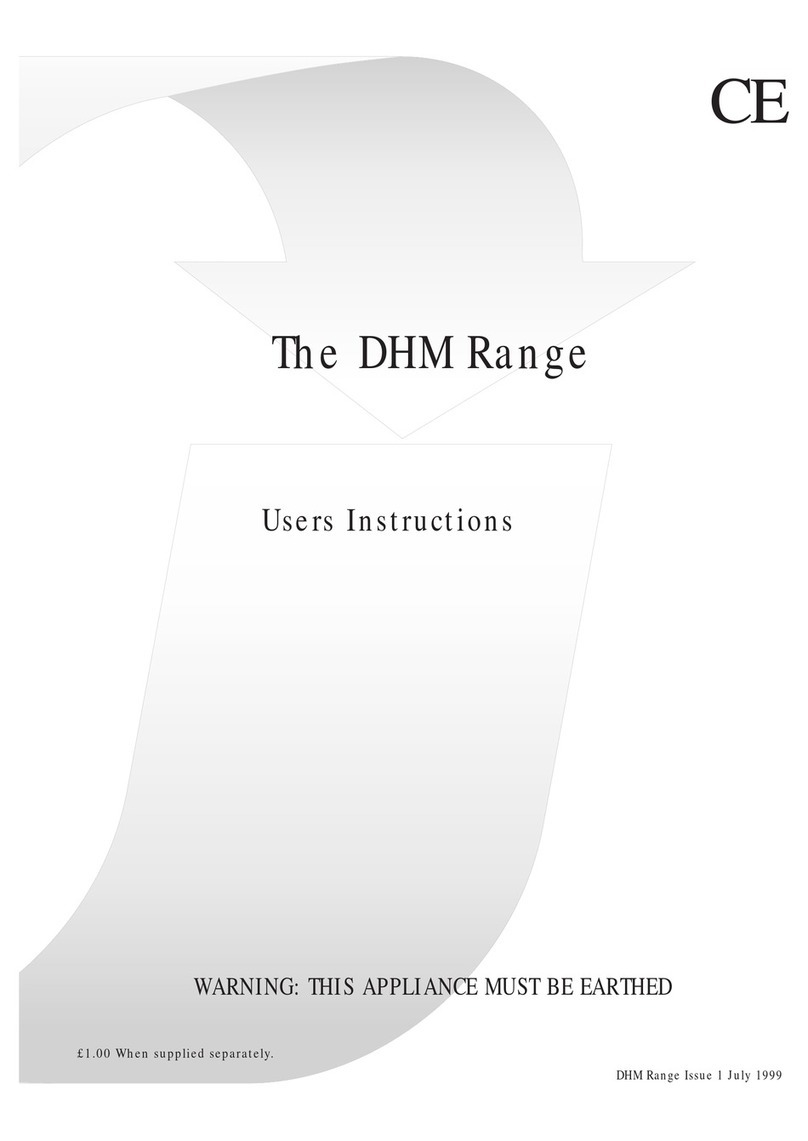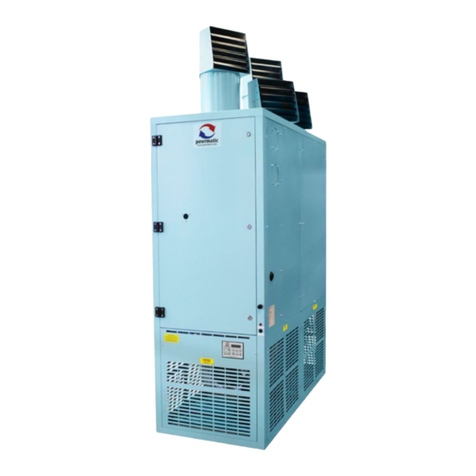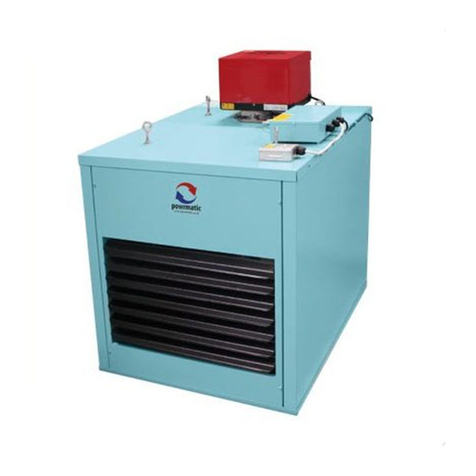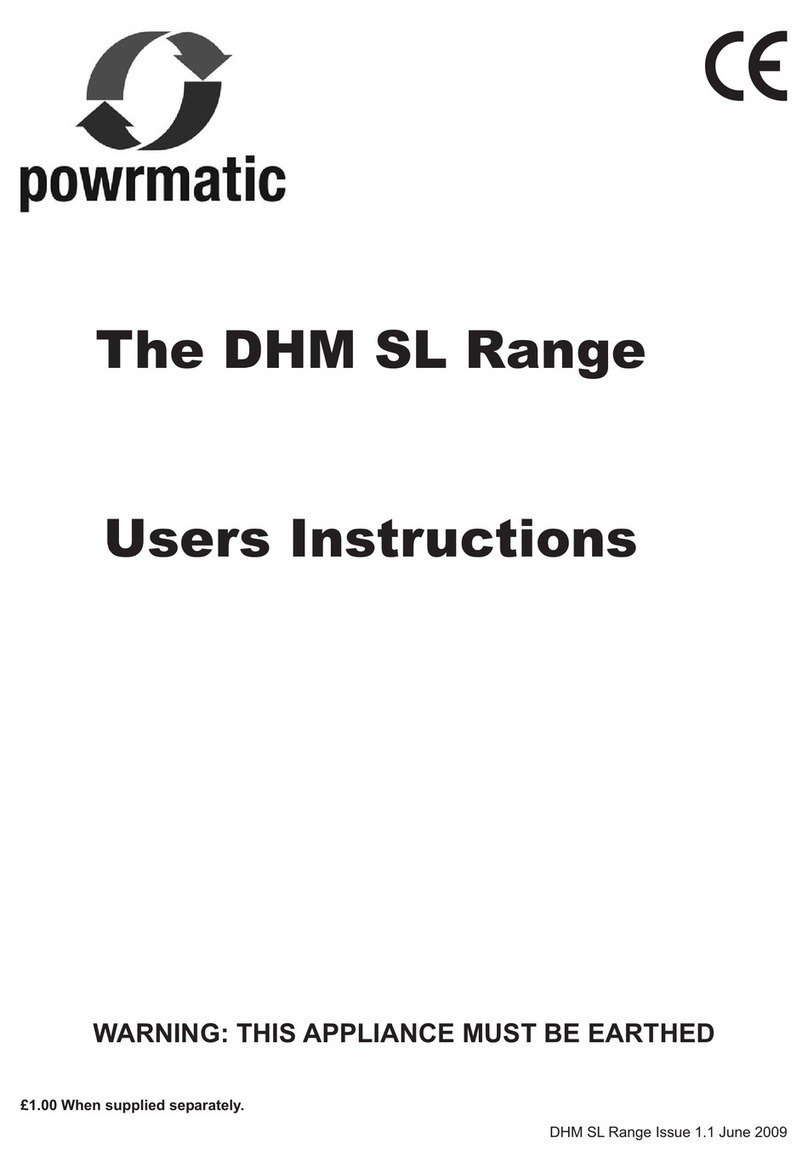
page no. 10 of 32 OUH Range Users, Installation & Servicing Instructions Doc Ref M105 issue 5.4 May 2018.
1.3.1. Related Documents
All OUH heaters comply with the following European
Directives:
Energy Related Product Directive: 2009/125/EC*
Electromagnetic Compatibility Directive: 2004/108/EC
Low Voltage Directive: 2006/95/EC
Machinery Directive: 2006/42/EC
Air heater(s) must be installed in accordance with BS5410
Part 2, BS799 Part3 & part 5 and BS5440 plus any relevant
requirements of local and national building codes. * where
appropriate
1.3.2 Location
The location chosen for the air heater must permit the
provision of a satisfactory ue system and an adequate air
supply. The location must also facilitate ease of servicing
and satisfactory air circulation around the heater.
The air heater must be installed strictly in accordance with
any re regulations or insurance company's requirements
appertaining to the area in which the heater is located,
particularly where special risks are involved such as areas
where petrol vehicles are housed, cellulose spraying areas,
and wood working departments etc.
The air heater must be installed either:
1) OUH 20 models;-
(a) Suspended by chains or straps of adequate strength to
safely carry the weight of the unit and ancillary equipment
2) OUH 30/45/60 models:-
(a) Suspended from ’drop rods’ via purpose designed M10
suspension xing points from the heater. Threaded drop
rods must have lock nuts tted that are tightened down
onto the 10mm xings in the heater.
(3) All OUH models:-
(a) in all cases, it is important that all supporting structures
have been assessed with regards to the relevant weight
loading.
(b) On specically designed cantilever brackets from a non-
combustible wall or
(c) On a level non-combustible surface which is capable of
adequately supporting the weight of the air heater and any
ancillary equipment.
The heater must not be installed in conditions for
which it is not specically designed e.g. highly corrosive
atmospheres, vitiated atmospheres, or where adverse wind
conditions may be experienced. Where the location of
the heater is such that it might suer external mechanical
damage e.g. from overhead cranes, fork lift trucks etc.
it must be suitably protected. Any ducting should be
kept as short and direct as possible having regard to the
distribution of the heated air and the max duct resistance
shown in section 1.3.10.
Any combustible material adjacent to the heater and
ue systems must be so placed as to ensure that its
temperature does not exceed 65°C (150°F).
1.3.3 Electrical Supply
Wiring external to the air heater must be installed in
accordance with the I.E.E. Regulations for Electrical
Installations and any local regulations which apply.
All standard heaters are supplied by 230V - 1ph, 50Hz. The
method of connection to the main electricity supply must:-
- facilitate the complete electrical isolation of the unit(s)
- be in a readily accessible position adjacent to the unit(s)
- serve only the unit(s)
- have a contact separation of at least 3mm in all poles. See
the accompanying wiring diagram for the heater electrical
connections
OUH units can also be supplied for 400V 3N, 50Hz.
1.3.4 Oil Supply
Construction and installation of service tanks and ttings
should be in accordance with:
(a) BS 5410 Part 2 Section 6
(b) BS 799 Part 5
(c) BS 1563
In addition the service tank installation must comply with
local regulations and by-laws and with the requirements of
insurance companies
Refer to the detail provided in the burner handbook
regarding oil pipe sizing. These must be generally in
accordance with BS799 Part 3 and BS5410 Part 2.
Particular attention is drawn to the following:
a) Pipe jointing compounds must be capable of
withstanding the solvent action of the fuel oil under
all operating temperatures and pressures. Jointing
compounds containing oil shall not be used. Hemp and
other brous materials shall not be used as packing for
screwed joints.
b) Soft solder copper tube ttings and galvanised pipes
and ttings must not be used.
c) Oil lines must be completely air-tight.
d) The pump suction must not exceed a maximum of 0.4
bar (30cm Hg). Beyond this limit gas may be released from
the oil.
1.3 General Requirements
